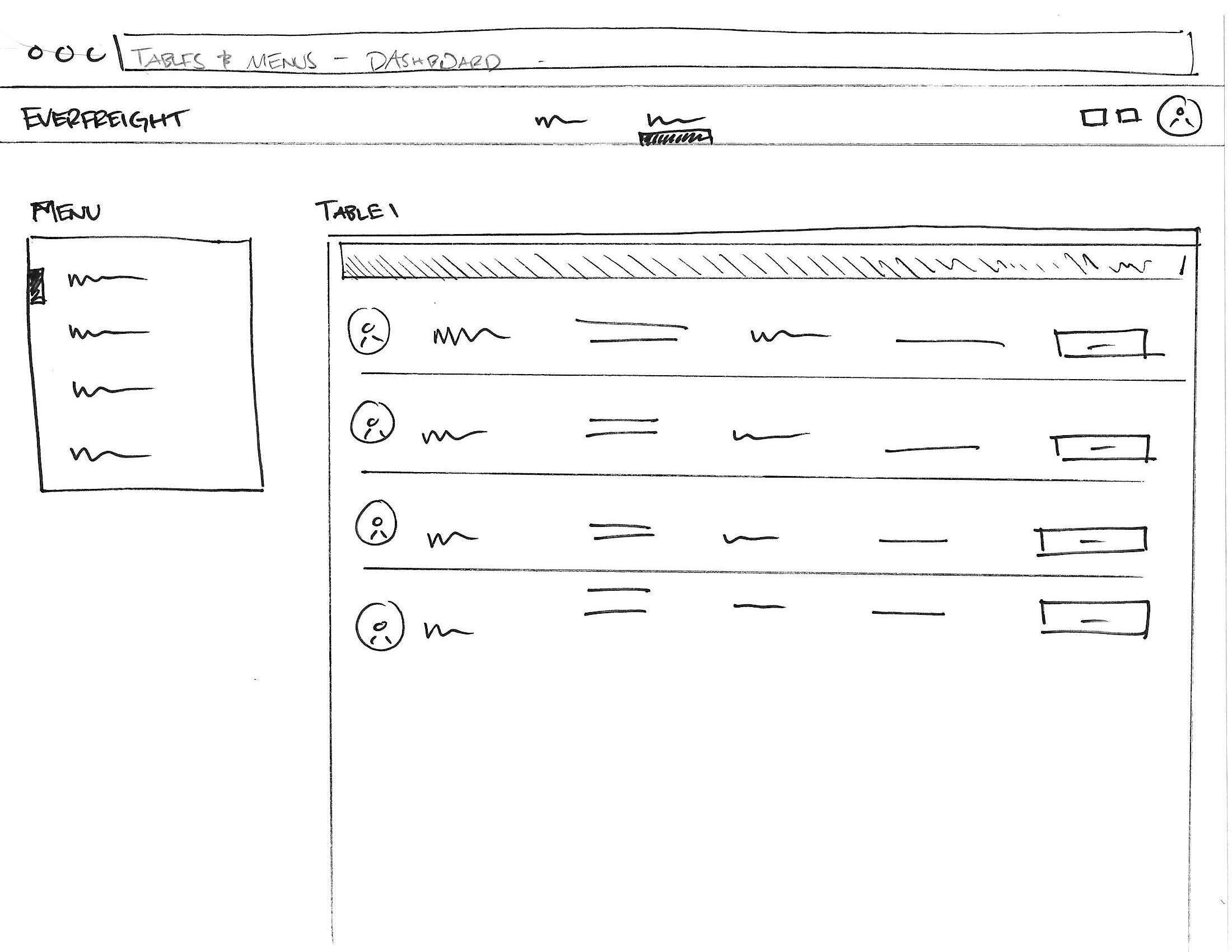Position: Product Designer Team: CEO, COO, Product Manager, Developer
Exploring Workflow Automation in Freight Shipping
EverFreight was founded with the goal of streamlining and automating workflow within the Freight Shipping Industry. As the current process of freight coordination is conducted across many platforms, EverFreight’s founders are looking to establish a more simple and unified location to accomplish freight shipping tasks. The EverFreight MVP explores new ways to connect all parties involved in the shipping process, through software that provides Shippers, Carriers, and Drivers with an effortless tool to speed up their work and greatly reduce error and risk.
UX Process
Understanding Shippers, Carriers, and Drivers
To better understand the workflow of each user-type: Shipper, Carrier, and Driver - User interviews were conducted to breakdown the shipment process and identify the pain-points in each user flow. The following pain-point focuses were taken from interviewing each user:
- Shipper - Very time consuming to find the best rate for their shipment. Does not want to shop around too much, risking a late delivery for a good price.
- Carrier - Struggles to minimize dead miles for each truck, and is overwhelmed by fleet size and cross platform workflow. Has a hard time managing trucks when not physically in the office.
- Driver (Fleet) - Trouble navigating and adapting to constant changes in route due to accidents and weather conditions.
- Driver (Owner) - Difficult to find work, and makes less income per trip when working with brokers.
Planning Initial Features With Primary User Goals
To create a lean MVP product, we selected a feature-set that solved the largest pain points for each user. Our features were focused on enabling the following tasks:
- Shipper - Shipment posting and management
- Carrier - Fleet management and tracking
- Driver - Freight pairing and (map) navigation






















